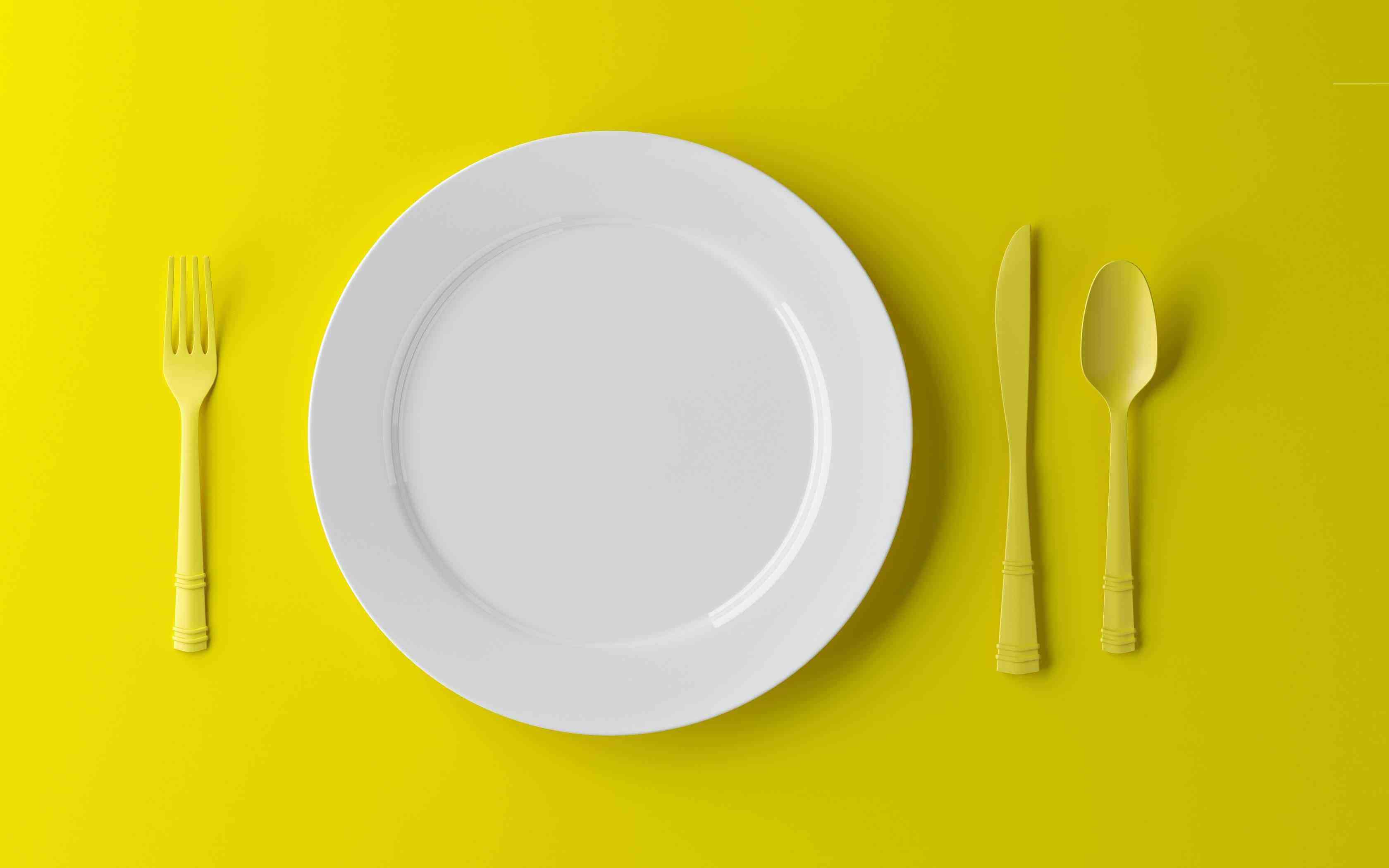 I Don’t Know What To Eat—the definitive guide to food allergies, intolerance and sensitivities was born out of the knowledge and experience gathered over years of supporting her son with his chronic fatigue syndrome and helping clients to eat well whilst managing allergies and intolerances.
I Don’t Know What To Eat—the definitive guide to food allergies, intolerance and sensitivities was born out of the knowledge and experience gathered over years of supporting her son with his chronic fatigue syndrome and helping clients to eat well whilst managing allergies and intolerances.“I wrote the book because I like to recommend more resources for my clients to help them develop good eating habits and I just couldn’t find something suitable,” says Adams. “There are so many myths around foods, allergies and intolerances and I wanted to shed some light on various things, which I’ve come across during my time as a nutritionist.
“One of the big issues is that people can take food tests and it comes up with as many as 40 foods where there is a reaction, so they cut out all of those foods. It’s not healthy to exclude that number of foods from your diet in one go. The book shares information to help with making better choices.
“Often people don’t take the time to heal their gut so problems keep on recurring. My top tip if you have that kind of test is to cut out the two main culprits first – wheat and dairy and increase your vegetables. Ten vegetable portions and two portions of fruit are ideal.”
Allergies to food are serious and potentially life threatening with many who suffer needing to carry an anti-allergy pen to use at a moment’s notice. The most well-known are allergies are to nuts or shellfish. However, food intolerance is very different and it can take up to three days for a reaction to occur. Often it will not be obvious that food is causing a problem. Adams’ book also has tools to help readers monitor their food intake.
“How many of us can remember what we ate three days ago instantly?” says Adams. “We have to really think about it. The book’s tracker helps you start to make links between symptoms such as headaches, bloating or constipation with particular foods. It also helps if you are re-introducing foods so you can start to see connections between foods and symptoms.”
Career stress and her child’s health problems have shaped her interest in nutrition and are what ultimately led to her re-training as a nutritionist. She says: “I’ve had 11 surgical operations and had very busy corporate job involving international travel managing teams around the world. I then had a family and my first child had food issues since birth.
“Aged ten, Tom had chronic fatigue syndrome and nothing seemed to help. He was off sugar, gluten, yeast and dairy and there was no ‘free-from’ aisle at that time. It was very distressing for us all. Imagine as a mother thinking every day ‘how am I going to feed this child? I know he’s sick and ill. I’m denying him foods the rest of us are eating and I don’t know what to do.’”
Adams eventually met a nutritionist who suggested eating red peppers might be helpful for Tom and they quickly became his superfood. “Things started to change. As Tom’s body began to heal, many other problems just drifted away. Today he eats anything except gluten and he still eats red peppers. He’s now at university, plays table tennis, has normal energy levels and all because of red peppers and finding out how food can help. Food is medicine.”
 By Miriam Christie
By Miriam Christie